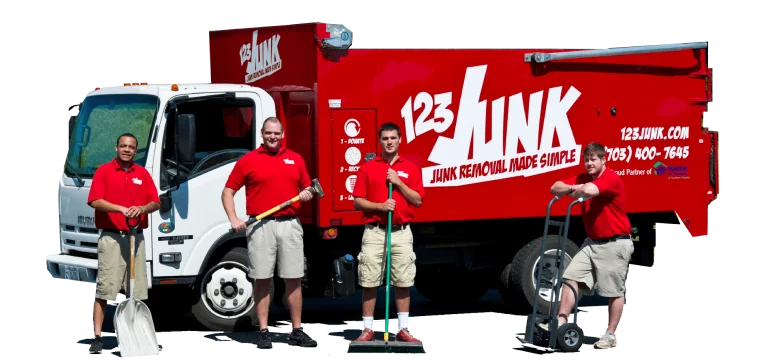Proudly serving VA, MD & DC for over 16 years.
Schedule a Pickup




You select the junk you want removed. We take it to one of many local donation partners. Your unused items make it to a good cause!


If it can’t be donated, we take care to ensure that as many items are recycled as possible. Our goal from the start: reduce landfill waste.


After items have been donated and recycled, the remaining items get hauled away as safely and carefully as possible. See what we take!
We'll remove almost anything! Best of all, we're able to donate thousands of items per month to our charity partners.
Our shiny red trucks are the largest in the industry! Why does this matter? We charge based on how much space your items occupy on our trucks, not by how heavy your stuff is or how long it will take. Simply put, Bigger Trucks = Better Value!


M-F 8:30am-6pm
S-S 8:30am-4pm
After Hours?
Leave us a message


We're growing fast and building a great team! Learn more about the employment opportunities at 123JUNK.